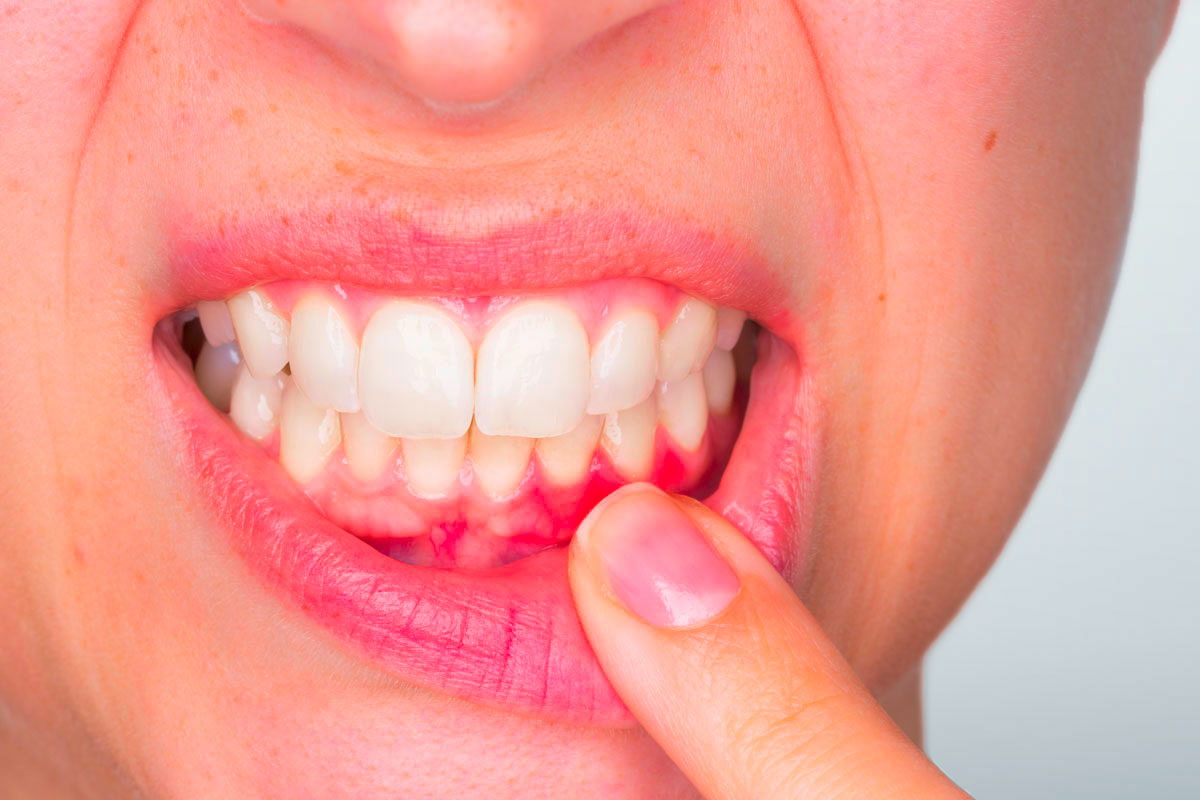Gum disease, often called periodontal disease, affects many people globally and can lead to severe issues like tooth loss and potential health problems if untreated. Fortunately, numerous effective treatments are available to address gum disease and restore your smile.
What is Gum Disease?
Gum disease is a common oral health condition characterized by infection and inflammation of the tissues surrounding the teeth. It typically develops due to the accumulation of plaque and tartar on teeth and along the gumline. Gum disease typically advances through different stages, beginning with gingivitis, the mildest form that can be reversed with appropriate treatment and oral hygiene practices. Without intervention, gingivitis can develop into more severe gum diseases like periodontitis, potentially causing irreversible damage to the gums and the supporting bone of the teeth.
Signs of Gum Disease
Recognizing the signs of gum disease is vital for early detection and treatment. Be on the lookout for these common symptoms:
- Bleeding Gums: Gums that bleed, especially during brushing or flossing, can be an early sign of gum disease.
- Swollen or Tender Gums: Healthy gums are typically firm and pink. Redness, swelling, or tenderness in the gums may indicate gum disease.
- Bad Breath: Persistent bad breath, known as halitosis, can result from gum disease since the bacteria responsible release toxins.
- Receding Gums: Gums that appear to be pulling away from the teeth, making them look longer, can be a sign of gum disease.
- Tooth Sensitivity: Increased sensitivity to hot or cold temperatures, especially when consuming food or drinks, can be associated with gum disease.
- Loose Teeth: In advanced stages of gum disease, teeth may become loose or shift in position.
- Pain or Discomfort: Gum disease can cause pain or discomfort, particularly while chewing.
- Pus Between Teeth and Gums: The presence of pus between the teeth and gums is a more severe sign of gum disease.
Detecting these symptoms early can help prevent the progression of gum disease and potential complications.
How is Gum Disease Treated?
Treating gum disease involves a combined approach of professional dental care and diligent at-home oral hygiene, tailored to the gum disease’s severity.
- Professional Dental Cleaning: Initial treatment typically comprises a deep cleaning, referred to as scaling and root planing. This procedure eradicates plaque and tartar above and below the gumline, smoothing surfaces to impede bacterial reattachment.
- Antibiotics: Your dentist may prescribe antibiotics to manage infection and support healing. These medications, in pill form or as a mouth rinse, complement professional dental cleanings.
- Surgical Interventions: In advanced gum disease stages with considerable gum and supporting structure damage, surgical procedures may be necessary. These interventions target infection elimination, gum tissue restoration, and the stimulation of gum and bone regeneration.
Notably, successful gum disease treatment relies on collaborative efforts between you and your dental professional. Adhering to their guidance and maintaining excellent at-home oral hygiene practices are essential for effective treatment and preventing future gum disease occurrences.
Richmond Dental Centre Accepting New Patients
Are you looking for a local dentist in the city of Richmond? The Dental Professionals at Richmond Dental Centre welcomes walk-ins, emergencies & new patients! Give us a call at (604) 273-3368 to schedule a dental appointment.







